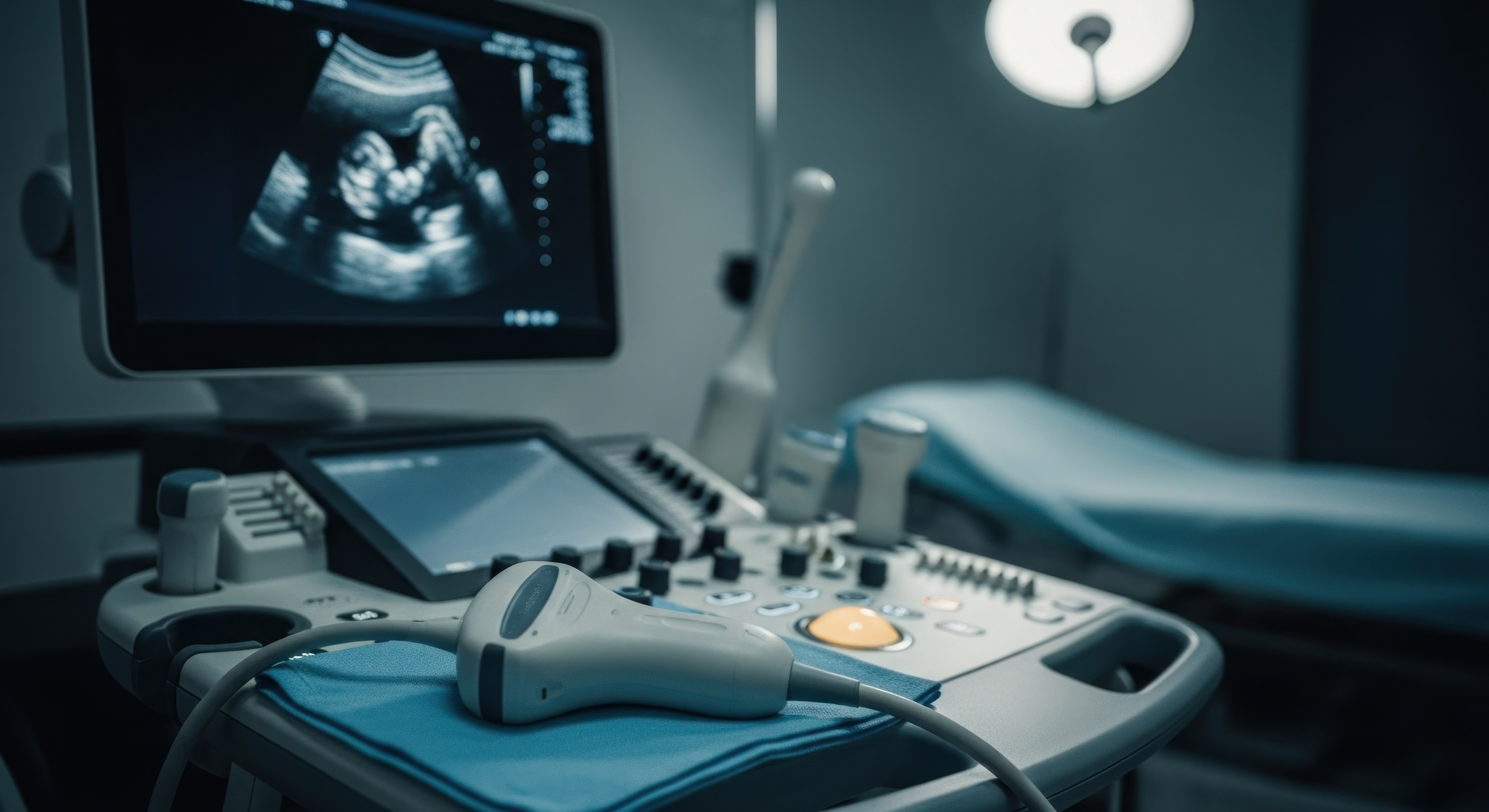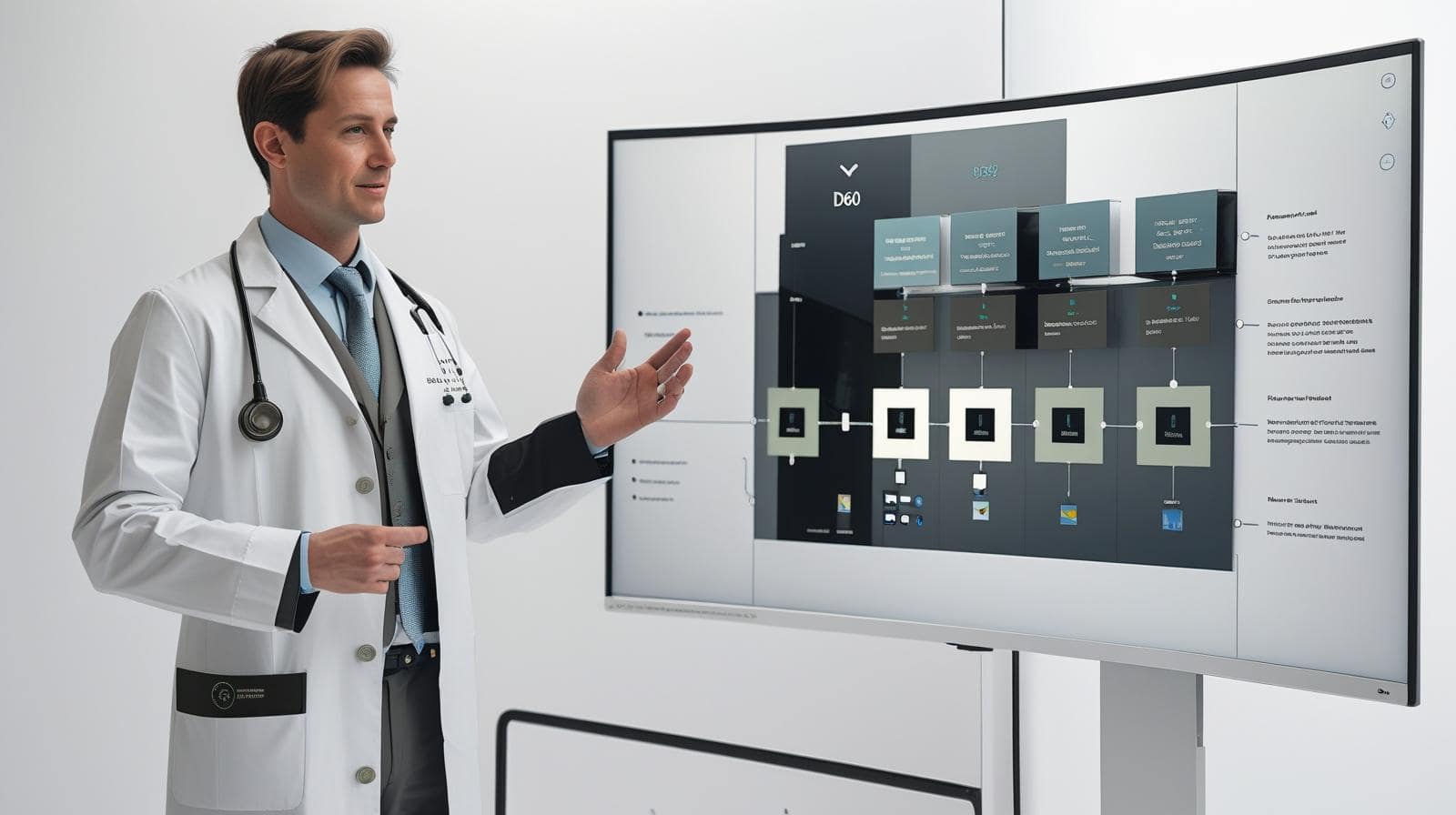Healthcare facilities worldwide face mounting pressure to achieve ambitious healthcare sustainability goals whilst maintaining the highest standards of patient care. The challenge appears overwhelming when considering the complex web of environmental impacts across every department. However, what if the pathway to hospital sustainability begins with a single, strategic focus? By transforming disinfection practices, healthcare facilities can establish a powerful foundation for broader environmental improvements, creating ripple effects that extend far beyond the reprocessing department.
Understanding healthcare sustainability challenges
Modern healthcare facilities grapple with seemingly contradictory demands: reducing environmental impact whilst ensuring patient safety remains paramount. The complexity of achieving green healthcare initiatives often paralyses decision-makers who struggle to identify where meaningful change can begin.
Disinfection practices offer an ideal starting point because they directly impact multiple sustainability metrics simultaneously. By addressing healthcare environmental impact through improved disinfection methods, facilities can reduce chemical consumption, minimise clinical waste generation, and decrease carbon emissions without compromising patient outcomes.
How traditional reprocessing creates environmental damage
Current hospital reprocessing practices create substantial environmental damage through excessive chemical usage and wasteful processes. Traditional disinfection methods rely heavily on harsh chemicals that require careful disposal, generating significant clinical waste reduction challenges.
The reprocessing industry's dependence on single-use consumables creates mountains of clinical waste daily. Chemical disinfectants demand complex disposal procedures, contributing to CO2 emissions through transportation and specialised treatment processes. These methods prove unsustainable for future healthcare delivery and global environmental health.
Why UV-C disinfection offers a more sustainable alternative
UV-C disinfection technology presents a revolutionary approach to eco-friendly hospital disinfection by eliminating harmful chemicals entirely. This chemical-free disinfection method harnesses ultraviolet light to achieve effective disinfection without generating hazardous waste or requiring consumable materials.
Unlike traditional methods, UV-C technology produces no chemical residues, eliminates disposal concerns, and significantly reduces carbon footprint. The technology operates without heat or moisture, further minimising energy consumption whilst maintaining exceptional disinfection efficacy.
Implementing sustainable disinfection devices
Practical implementation of UV-C technology transforms healthcare sustainability from aspiration to reality. The UV Smart D60 exemplifies this transformation by disinfecting ENT endoscopes and TEE probes effectively in just 60 seconds without chemicals or heat. Recently the TU Delft University, wrote a report on the CO2 reduction of the D60, you can find it here.
This approach eliminates consumable costs, reduces clinical waste to virtually zero, and provides traceable disinfection processes that satisfy regulatory requirements. Visit the D60 page to learn more about how UV-C disinfection can help your facility reduce emissions and reach sustainability goals.








.jpg)
